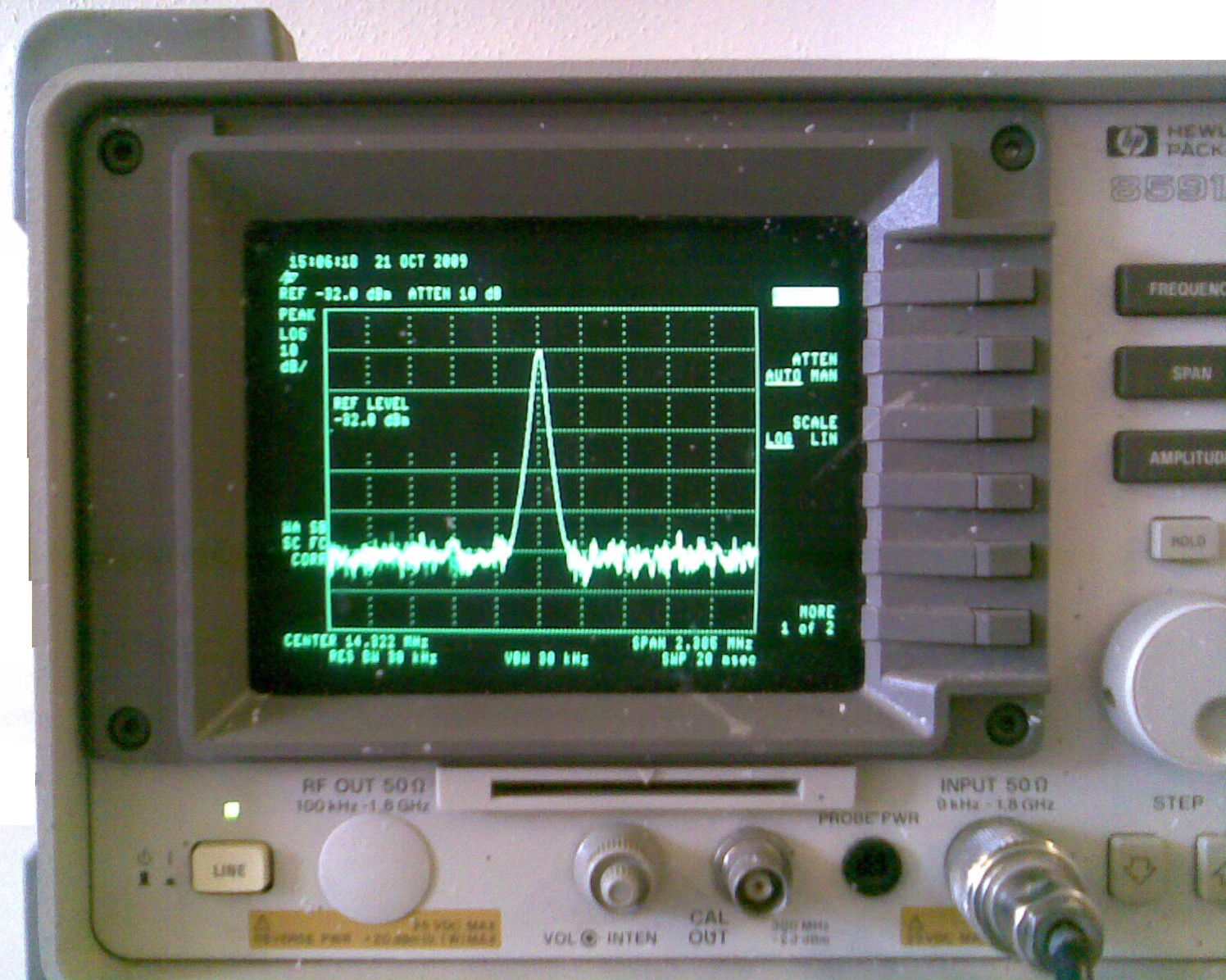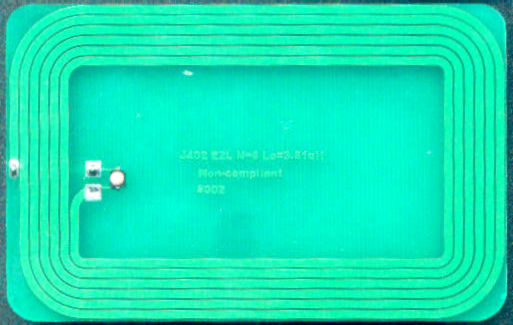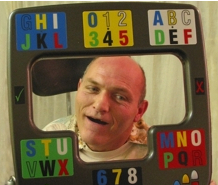


The National Centre for Product Development Research (PDR) are attached to the University of Wales (UWIC) in Cardiff. One of UWIC's post-graduate research areas is to investigate a system which would provide electronic functionality to rapid prototyping by means of providing a flexible set of functional blocks (such as buttons) which can be simply inserted into blue-foam models. The functional blocks can then communicate using RFID technology to provide inputs to a computer based simulator which would provide a model of what should happen when buttons are pressed. The purpose is to increase the 'real feel' of a product at the concept model stage.
E2L were approached to design and supply a series of antennae which would increase the RF range of the existing system. To achieve this a total of eight different configurations were calculated, design and manufactured. The variance between parts allowed for tradeoffs between size, inductance and compensation for the unknown electronic capacities of the existing prototype systems.
| The initial system uses Phillip's MIFARE ICs based about the 13.5Mhz band. Antenna design at this frequency is more concerned with inductive coupling than it is with RF transmission and reception. The design problem is to provide in-effect a secondary winding for a lossy transformer rather than a resonant antenna (the latter approach would need a path-length of 22m coiled up on a credit card) |

|
Provision was also made to trim the capacitance as the environment was unknown, but the antennae had to be designed with some assumption of capacitatice load.
The project is an example of ‘direct consultancy’ where our knowledge of antenna and inductors, and the ability to do the maths, achieved the desired results.


